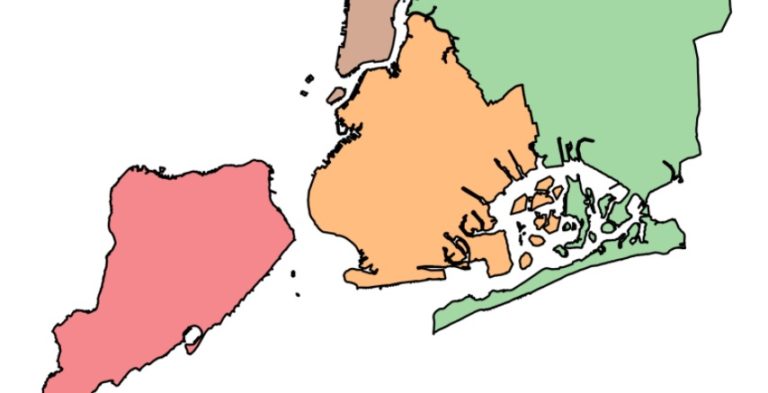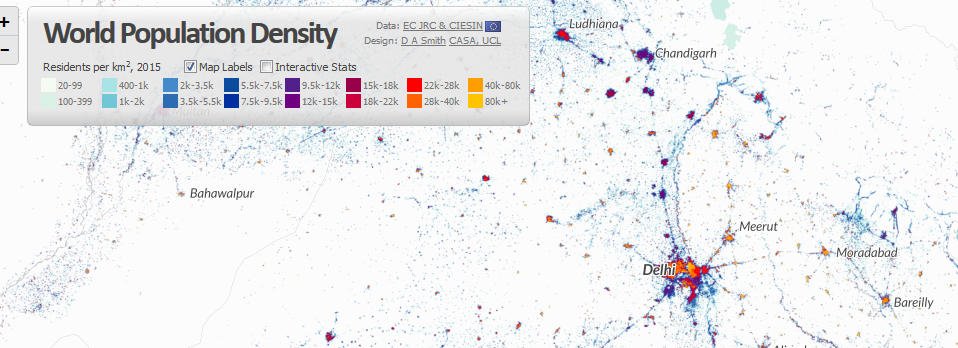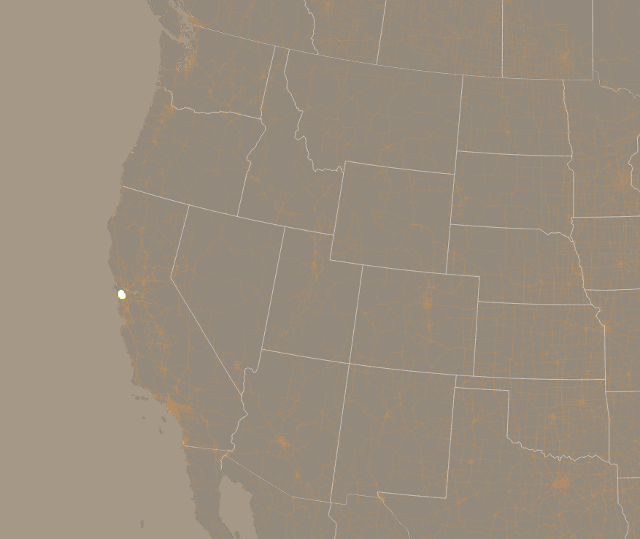Probability Theory (For Scientists and Engineers)
Michael Betancourt
April 2018
Formal probability theory is a rich and complex field of mathematics with a reputation for being confusing if not outright impenetrable. Much of that intimidation, however, is due not to the abstract mathematics but rather how they are employed in practice. In particular, many introductions to probability theory sloppily confound the abstract mathematics with their practical implementations, convoluting what we can calculate in the theory with how we perform those calculations. To make matters even worse, probability theory is used to model a variety of subtlely different systems, which then burdens the already confused mathematics with the distinct and often conflicting philosphical connonations of those applications.


